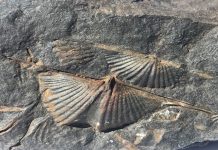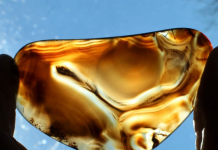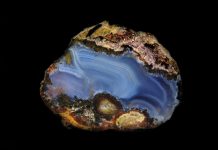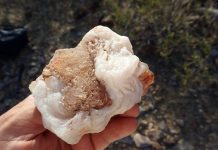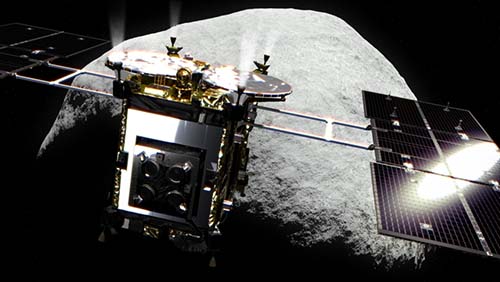
Editor’s Note: These news briefs are part of a new column, “Earth Science in the News,” by esteemed Rock & Gem contributor, Jim Brace-Thompson.
Three-and-a-half years ago, Japan launched its Hayabusa2 spacecraft and aimed it at an asteroid named Ryugu, positioned between Earth and Mars. If all goes well, the hope is to send down a landing craft, pick up soil and rock samples, and return them to Earth for analysis. Were asteroids and comets sources for water on Earth and the amino acids that led to life on our own planet? These are some of the questions that space, earth, and life scientists are hoping to explore!
Editor’s Note: To follow some of the transmissions of Hayabusa2, check out this site>>>.
The World’s First Giant Dinosaur
Dinosaurs were not always the mammoth beasts we associate with Apatosaurus or T. rex. In fact, many dinosaurs were no bigger than a chicken! Argentinian paleontologists have recently reported the first “giant” dinosaur that preceded Apatosaurus and T. rex by as much as 30 million years. A new species dubbed Ingentia prima (“the first huge”) from the late Triassic Period (210 million years ago) was an herbivore weighing in at 10 tons.





